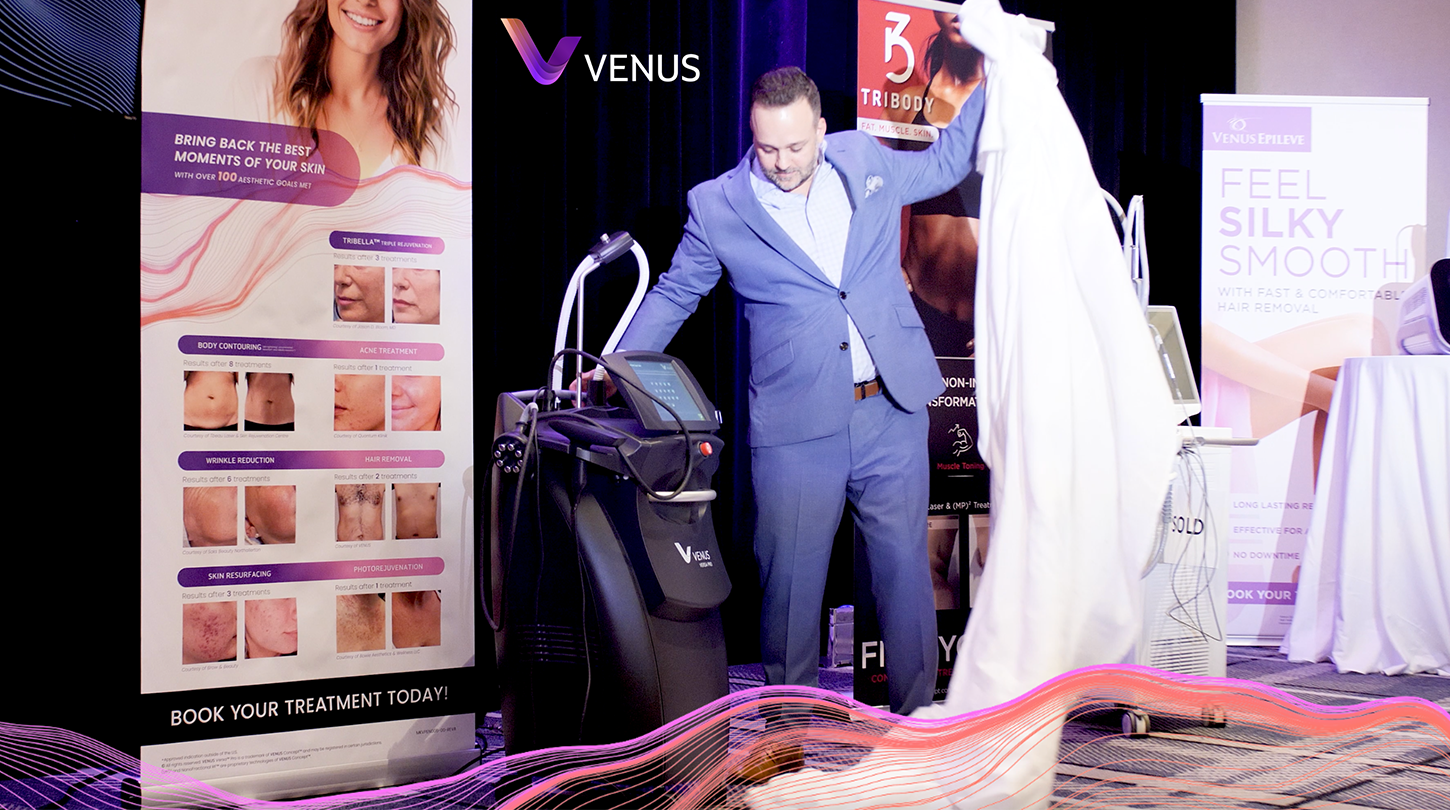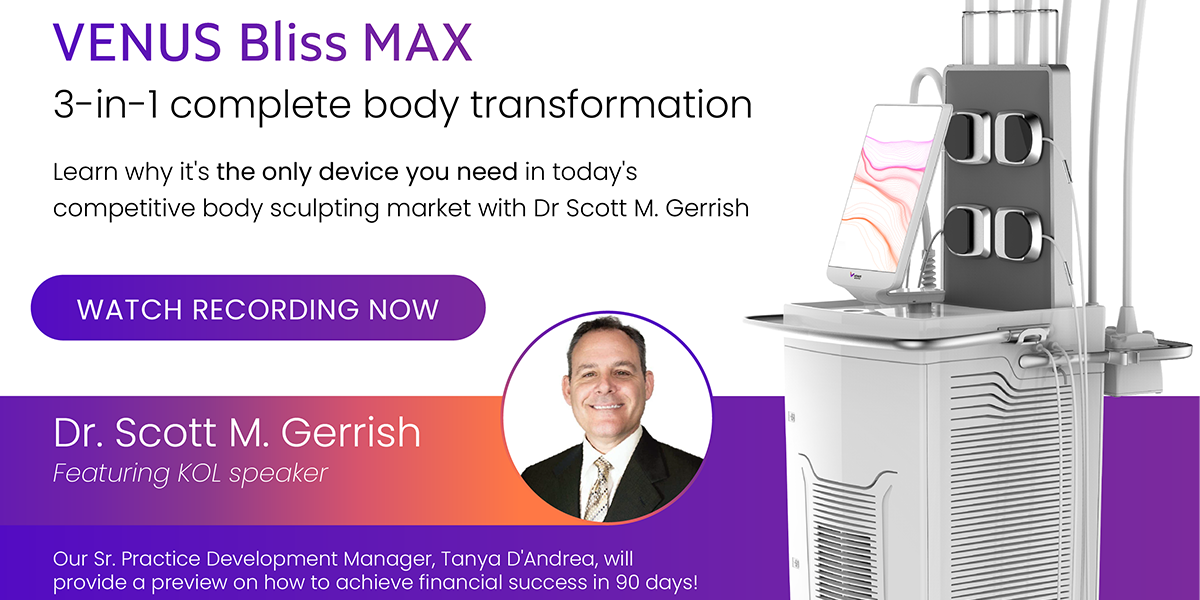Patient Selection and Evaluation for NeoGraft® Hair Restoration

One of the most important functions of any medical aesthetics consultation is for the patient and physician to get to know each other. The goal is to provide the patient with a sense of the physician’s business values and skills while encouraging trust, and to offer physicians significant insight as to whether or not a patient may be an ideal candidate for their services. To achieve optimal efficacy, you and your staff need to be able to accurately evaluate and select the most appropriate patients. While NeoGraft ® hair restoration procedures are designed to deliver excellent results for both men and women experiencing hair loss and thinning, there are some factors that come into play to determine if a prospective patient is an ideal candidate.
Top Tips for Evaluating and Selecting Prospective NeoGraft ® Patients
Tip #1: Consider the Cause
While there may be some differences in treating male and female aesthetic patients , both may be ideal candidates for a NeoGraft ® hair restoration procedure. Having said that, the root cause of a patient’s hair loss or thinning is an important consideration for patient selection and it can often be a more significant factor amongst prospective female patients. Generally speaking, hair transplantation therapy may not be effective in patients experiencing hair loss as a result of medical causes, as it is unlikely implanted follicles will take hold due to underlying factors. On the other hand, hair loss as a result of traction, particularly common in women who style hair in tight updo styles or those who wear hairpieces and wigs, may be effectively treated with hair transplantation. In women, non-genetic causes of hair loss are more common, so while a complete interview and evaluation of every patient is mandatory, it might be worth placing alternative factors under a closer microscope for female patients to ensure a hair transplantation procedure may be the most effective means of achieving their aesthetic goals.
Tip #2: Evaluate the Extent of Hair Loss
Using a minimally invasive method called the Follicular Unit Extraction (FUE) technique , NeoGraft ® harvests individual hair follicles from donor areas of the scalp that consist of terminal hairs, which are follicles that are more naturally resistant to hair loss. While more dramatic results are usually seen with patients experiencing advanced hair loss, it’s also important to consider whether there is a sufficient source of terminal hair to not only establish enough follicles for transplantation, but to ensure hair is not thinned out too much in the donor areas. In other words, both male and female patients may be ideal candidates for the NeoGraft ® hair transplantation procedure if the donor area along the sides and back of the head can yield a sufficient number of follicles for current and potential future treatments, providing adequate coverage in the recipient area—a calculation otherwise known as the donor-to-recipient area ratio. If this is not the case, alternative therapies or complementary treatments may be considered to improve outcomes.
Tip #3: Ask About Age
Be cautious advising hair transplantation to patients in their early 20s or younger. While these patients may be more eager to opt in to hair transplantation surgery (with authorization from a legal guardian for those under 18), beginning the transplantation process at too young an age could affect long-term results. Generally speaking, younger patients who experience premature hair loss are much more self-conscious of their hairlines and are likely to seek out ways to restore hair fast. As a result, these patients often hold lofty and unrealistic expectations of what may be achieved with hair transplantation procedures. Because early treatment requires a larger number of donor follicles over time, hair will gradually appear sparser in the future and may result in an unnatural and disappointing long-term treatment outcome. For these patients, taking an immediate treatment approach that may be more conservative in nature and following it up with a NeoGraft ® treatment as they get older may be the preferred alternative.
Tip #4: Determine the Motivating Factor and Expectations
Asking about a prospective patient’s reason for their interest in a particular treatment can offer a lot of insight into their maturity level and overall expectations. As with any aesthetic treatment, results are never guaranteed, so patient perceptions should be evaluated to ensure they have realistic expectations going into the procedure. Further, the motivation behind those expectations should be a key factor in patient selection. Patients should show signs that they are motivated to seek treatment to “minimize” or “improve” their hair loss concerns, not “resolve” them long-term. For some, education may correct lofty expectations, but your team should also know how to spot the most common red flags of a patient who may never be happy with the outcome. Ensuring an honest and thorough consultation in which the patient can feel comfortable asking questions and expressing their concerns will go a long way in determining this factor for patient selection. Further, knowing when to not proceed with treating a patient can help to protect the success of your clinic.
Tip #5: Note the Patient’s Priorities
Finally, some patients may express concerns with certain steps in more traditional hair restoration treatments—this will better help you determine what treatment will offer results that are in line with their personal aesthetic goals and lifestyle. Many prospective patients may note concerns regarding scarring, for example. This concern may make them a better candidate for a NeoGraft ® FUE treatment, which avoids linear scarring via individual follicle extractions rather than the strip method that is characteristic of the Follicular Unit Transplantation (FUT) technique. Another example may be a patient’s expressed concern regarding downtime. While NeoGraft ® offers quick recovery for patients and minimal downtime following the procedure, if the patient’s schedule does not allow for it at the moment, an alternative treatment may be suggested before seeking a NeoGraft ® procedure at a future date, when timing better aligns. Whatever the patient’s concerns are, ensure that your recommended treatment plan takes them into account to avoid potential disappointment, negative online reviews, or damaging word of mouth. An upset patient can cause a lot of damage to your clinic’s reputation and this can be easily avoided through a comprehensive patient evaluation and selection procedure that considers their concerns above your sales.
The Bottom Line
Of course, considering contraindications and lifestyle factors that may impact efficacy is also a key factor in patient selection and evaluation for hair transplantation procedures. For example, in a patient who smokes, transplanted grafts may have more difficulty growing due to the restriction in blood oxygen levels and poor blood circulation linked to a host of conditions. The underlying point to consider when screening patients during an initial consultation is that you and your staff do your own due diligence. Ensure your patient intake forms list the main health-related questions and have staff review these points with the patient. You may also create a reference sheet listing all additional questions, considering some of those linked to the above points, that can be used by you or your staff to take notes during the initial consult and can be used to determine the best long-term treatment plan for that particular patient.
Interested in learning more about what sets NeoGraft ® apart as a leader in FUE technology and the most trusted name in hair restoration? Get in touch with an expert today using the button below.

Why Venus
Body Devices
Body Treatments
Face & Skin Devices
Face & Skin Treatments
Hair Restoration Devices
Hair Removal Devices
Legal
For more information call: (888) 907-0115 // info@venusconcept.com // 235 Yorkland Blvd., Suite 900, Toronto, ON, M2J 4Y8 Canada
For more information call: (888) 907-0115 // info@venusconcept.com // 235 Yorkland Blvd., Suite 900, Toronto, ON M2J 4T8 Canada






